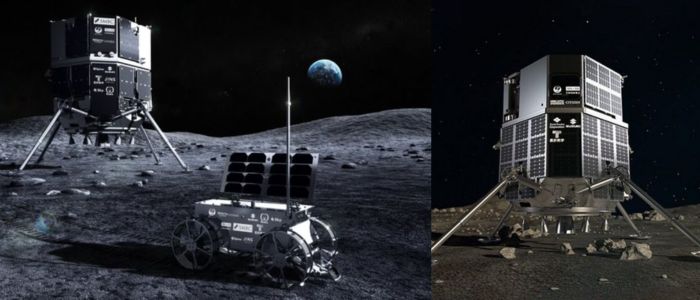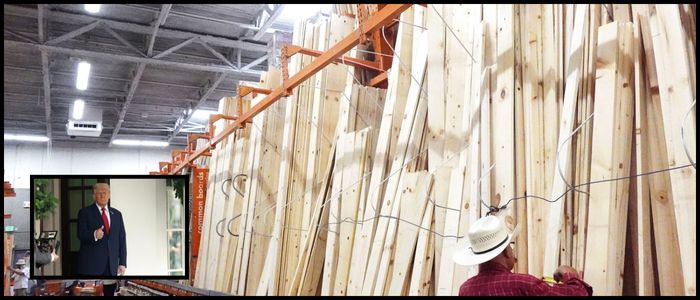Second Attempt After Prior Failure
The Tokyo-based company ispace is working on a moon landing of its own with its new lander, called Resilience, which is scheduled to land on the lunar surface on Friday, Japan time. The mission represents the company’s second attempt to reach the moon, after its initial try ended with a crash two years ago.
Resilience is what it is after having failed before.
Resilience, which was launched from Florida in January, made an extended journey, taking a circuitous route to lunar orbit last month. It caught a ride on a SpaceX rocket along with Firefly Aerospace’s Blue Ghost, which safely touched down on the moon in March — the first private spacecraft to do so. Another American company, Intuitive Machines, followed a short time later, but that mission crashed near the moon’s south pole and lost contact soon after touchdown.
Resilience, on the other hand, is headed for a flat, less dangerous area in the far northern part of the moon. The landing site is in Mare Frigoris, or “Sea of Cold,” a small spot on the moon’s far side and just the third lunar mare — meaning it once hosted some volcanic activity — to land there.
Mini-Rover and Artistic Payload
After Resilience lands safely and systems are activated, it will release a lightweight 11-pound (5-kilogram) rover called Tenacious. The four-wheeled rover, built in Europe from carbon fiber-reinforced plastic, is mounting a high-definition camera and a shovel to pick up lunar soil as it rolls along for NASA. It will be slow moving — less than an inch a second — and linger near the lander, moving around it for scientific tasks.
The robot will also surprise the moon, leaving a small, red house as its calling card. Dubbed the “little Swedish house” and designed by Swedish artist Mikael Genberg, it is trimmed in white and sports a green door, just like a true-to-life Swedish cottage. It's been named Moonhouse.
7 Future plans and the ongoing commercialization of the moon
For the founder and CEO of Space, Takeshi Hakamada, this mission is just one in a series of steps to come. It says it has ambitious plans for more ambitious lunar missions, like a new lander it hopes will be launched by 2027 with NASA backing.
“It’s time for humanity to expand into space, and to survive as a species, we need to be an interplanetary species,” said Jeremy Fix, the chief engineer for space’s U.S. outpost, who said his company’s aim was to add to, not simply dominate, a new lunar economy. He agreed resources are finite, and continually failing would not be viable. It’s unclear how much this voyage cost, but it is believed to be less than the previous $100 million-plus expedition.
Two other American companies — Blue Origin, the brainchild of Jeff Bezos, and Astrobotic Technology — also plan moon landings, by the end of the year. Astrobotic’s previous stab at the 2024 mission was unsuccessful after the company’s lander overshot the moon and plummeted into Earth’s atmosphere.
In the past, only five nations — the U.S., Russia, India, Japan, and China — proved that they have the technology for moon landings at the robotic level. Of those, only the United States has delivered humans to the moon, where 12 astronauts strode its surface from 1969 to 1972. More human exploration is planned: NASA aims to send four astronauts around the moon next year and then a crewed landing with a SpaceX spacecraft, a vehicle called the Starship. China also plans to send astronauts to the moon by 2030.
Science

Japan’s Space Aims for Moon Landing with Rover, art

A Japanese company is making another attempt to land on the moon, two years after its first mission ended in a crash, and agreeing to undertake a much more complicated, risky and eccentric project — to fold down a set of metal bunny ears to amuse and exhilarate the people of Earth.







